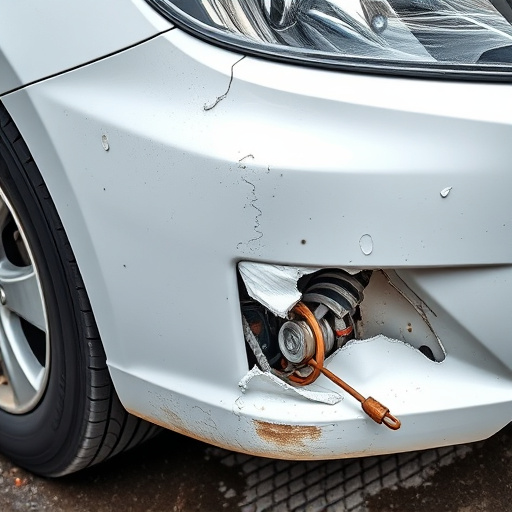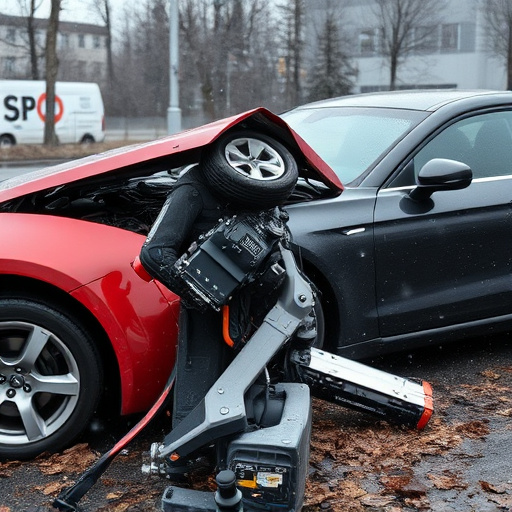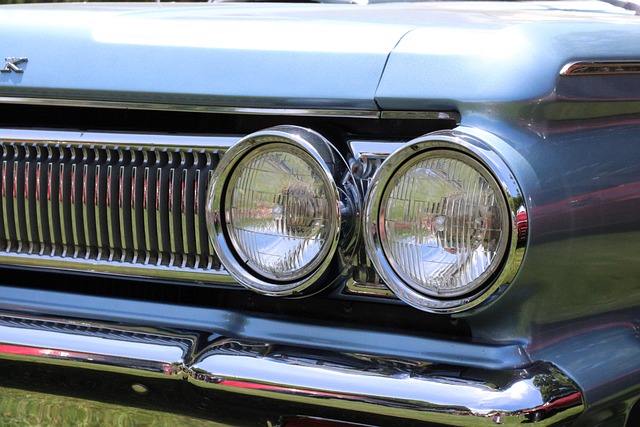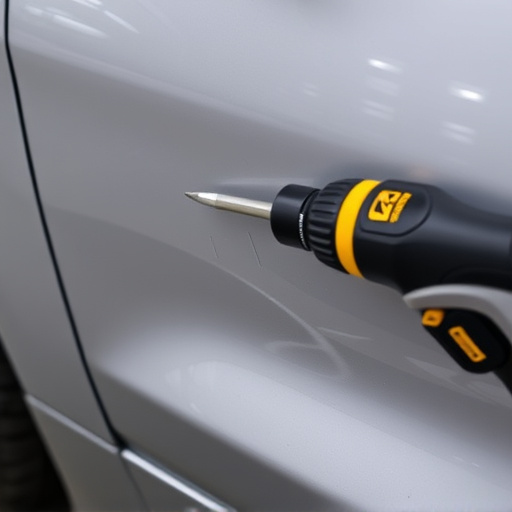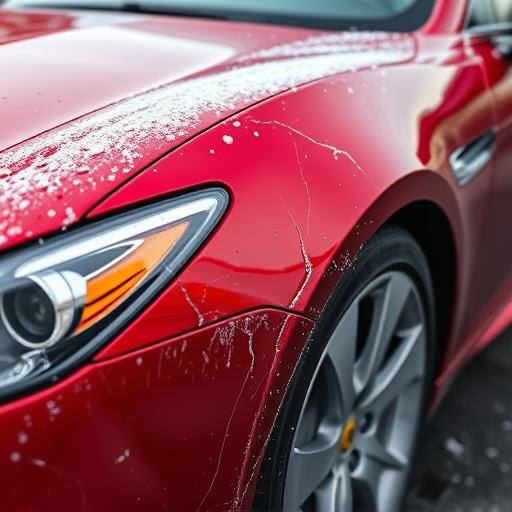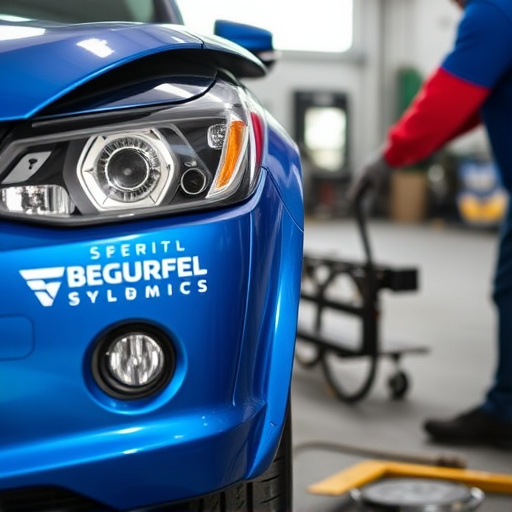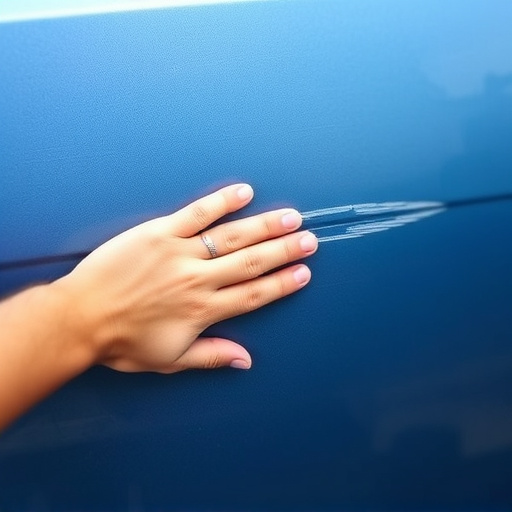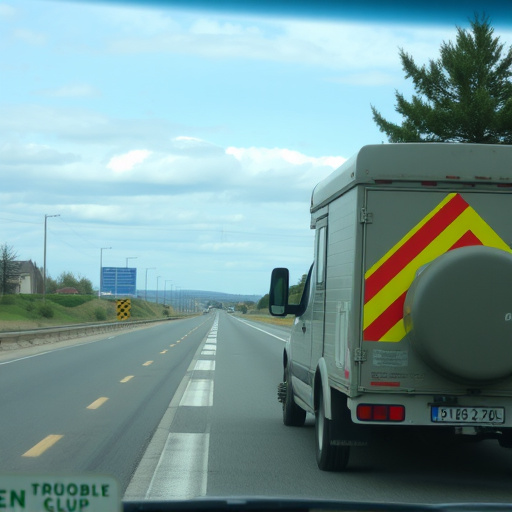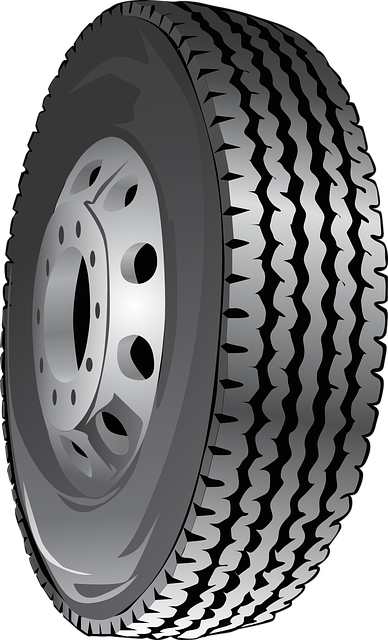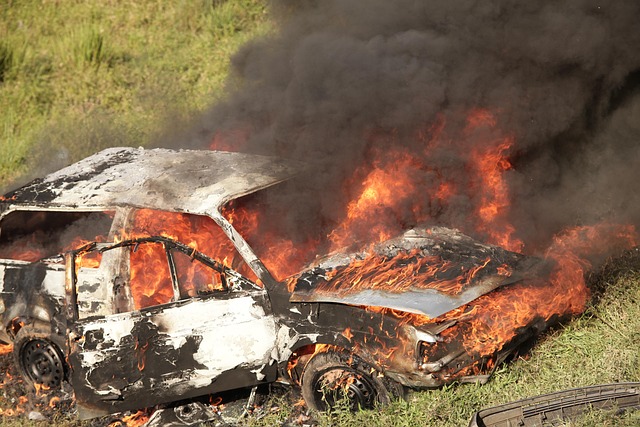Liability claim repair involves understanding and documenting vehicle damage post-collision, utilizing advanced technologies and high-quality visuals. Effective communication, clear language, active listening, empathy, strategic negotiation tactics, and valuing repair components are key to successful repairs, fostering collaboration, faster settlements, and customer satisfaction in the process.
In the complex landscape of legal disputes, understanding and managing liability claims is paramount. This comprehensive guide delves into the essential elements of liability claim repair, equipping individuals with a strategic approach. We explore foundational concepts, beginning with deciphering basic liability claim dynamics. Subsequently, we navigate crucial steps such as meticulous damage assessment and documentation, alongside effective communication and negotiation tactics. By mastering these key elements, you’ll be equipped to navigate and resolve liability claims efficiently.
- Understanding Liability Claim Basics
- Assessing and Documenting Damage
- Effective Communication and Negotiation Strategies
Understanding Liability Claim Basics
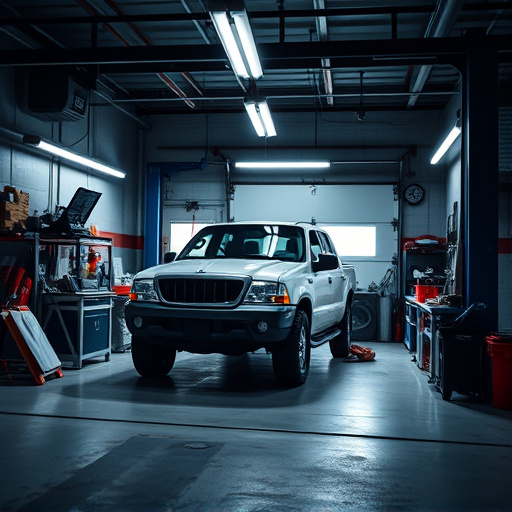
Liability claims are a significant aspect of personal injury cases, especially when a car collision occurs. Understanding the basics is crucial for anyone looking to navigate the process of liability claim repair. A liability claim refers to the legal right of an individual or entity to seek compensation for damages sustained due to another party’s negligence or intentional acts. In the context of car collision repair, this often involves seeking reimbursement for vehicle repairs, medical bills, and other associated costs from the at-fault driver’s insurance company.
When a car collides with another vehicle or object, it can result in substantial damage, both to the property and the individuals involved. The primary objective during this challenging time is to ensure everyone’s safety and well-being. Subsequently, victims may need to engage in auto maintenance and repairs, which can be costly. Therefore, knowing one’s rights and understanding the process of filing a liability claim repair is essential to ensuring fair compensation for these expenses.
Assessing and Documenting Damage
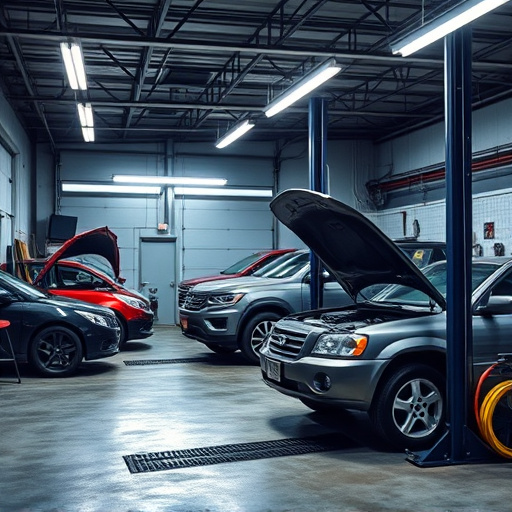
After a liability claim, assessing and documenting damage is a crucial step in the liability claim repair process. The first task involves a thorough inspection of the affected vehicle to identify all damages, both visible and hidden. This includes examining the exterior for dents, scratches, and cracks, as well as the interior for any tear or wear. Advanced technology like 3D scanning and thermal imaging can be employed to uncover concealed damage that might go unnoticed during a visual inspection.
Documenting the damage is equally important. High-quality photos and videos capture every angle of the vehicle’s condition before repairs begin. This not only serves as a record for insurance purposes but also helps the vehicle body shop accurately estimate the scope of work required, ensuring efficient fender repair or automotive restoration processes. Accurate documentation is vital in facilitating seamless communication between all parties involved, from the policyholder to the insurer and the vehicle body shop.
Effective Communication and Negotiation Strategies
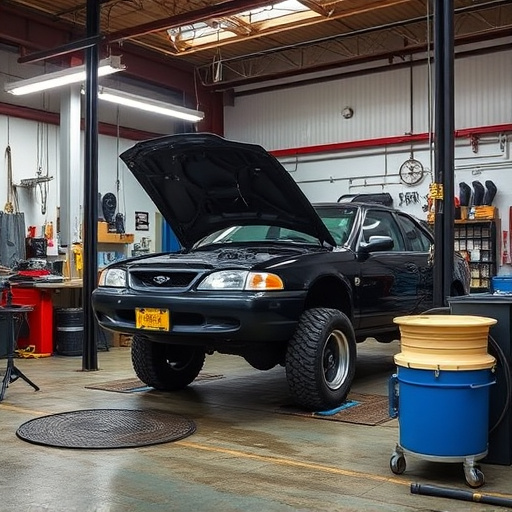
Effective communication is a cornerstone of successful liability claim repair. When dealing with insurance companies, policyholders, and other stakeholders, clear and concise language helps avoid misunderstandings and facilitates a smoother process. Active listening ensures that all parties grasp the intricacies of the claim, allowing for tailored solutions. Moreover, empathy plays a crucial role in diffusing tensions and fostering collaborative negotiations.
Strategic negotiation tactics are equally vital. Balancing assertive posturing with flexibility enables stakeholders to reach mutually beneficial agreements. In the context of car paint services or collision repair services, understanding the value of each repair component is essential. This knowledge empowers professionals to advocate for comprehensive liability claim repairs, ensuring that vehicles are restored to their pre-incident condition. Effective communication and negotiation ultimately streamline the process, leading to faster settlements and higher customer satisfaction.
Liability claim repair is a multifaceted process that, when executed effectively, can transform potential legal pitfalls into manageable outcomes. By understanding the fundamentals of liability claims, meticulously assessing and documenting damage, and employing strategic communication and negotiation tactics, individuals and businesses can navigate these challenges successfully. These key elements ensure a robust defense and, when necessary, facilitate fair resolutions, ultimately minimizing the impact of liability claims on operations and reputation.

